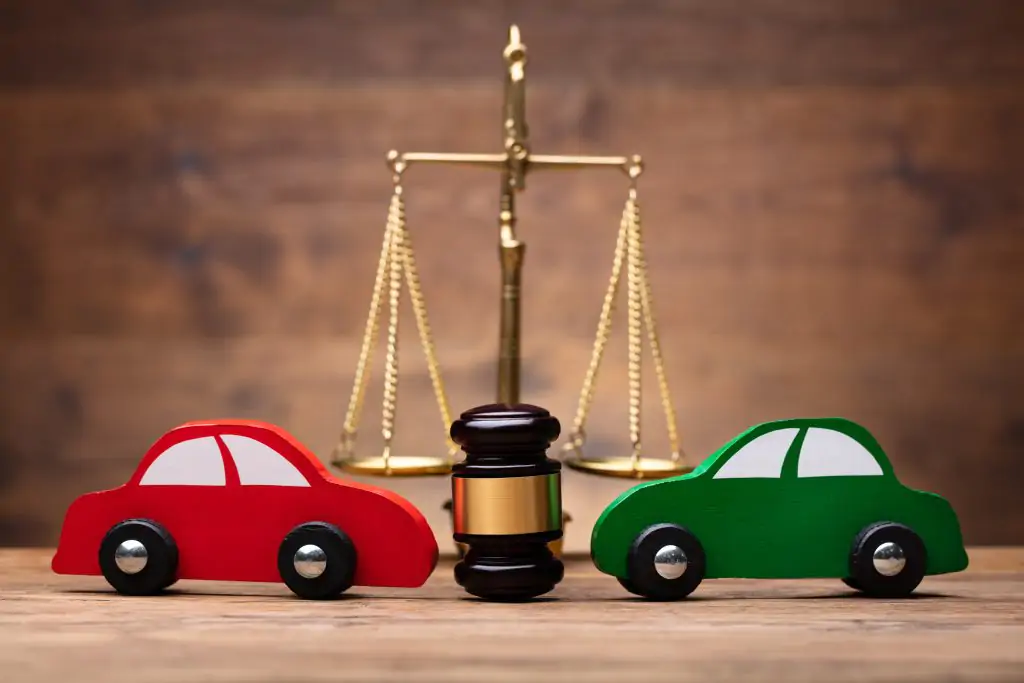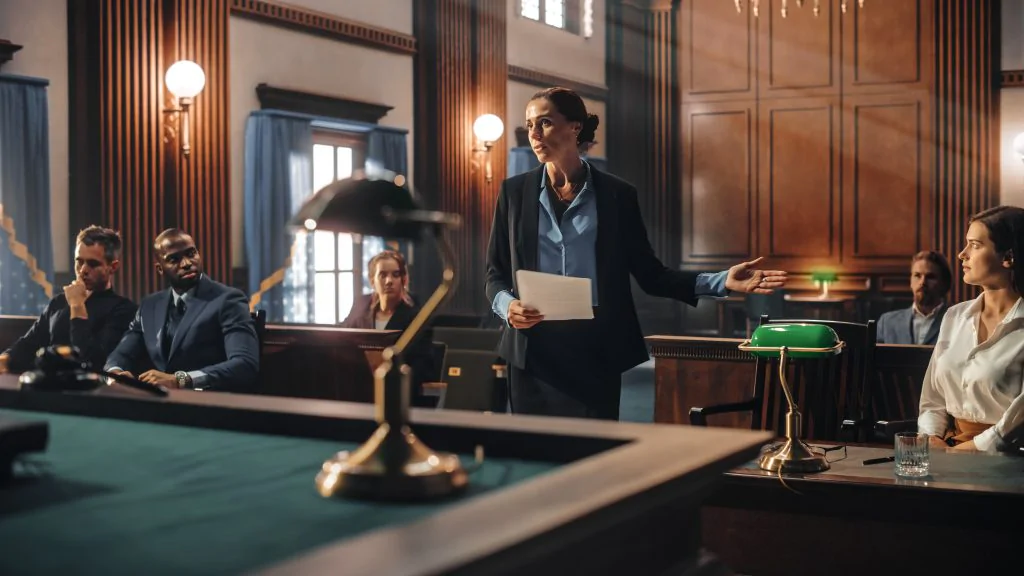Comparative negligence is a legal principle that is used to determine the degree of responsibility for an accident or injury. Pure comparative negligence is a specific type of comparative negligence that assigns a percentage of fault to each party involved in an accident. In this blog, we will take a closer look at what pure comparative negligence is, how it works, and how it affects personal injury cases.
What is Pure Comparative Negligence?
Pure comparative negligence is a legal principle that assigns a percentage of fault to each party involved in an accident. This percentage of fault is used to determine the amount of compensation that each party is liable for. For example, if an accident is determined to be 50% the fault of one party and 50% the fault of another party, each party would be liable for 50% of the damages.
This principle is different from contributory negligence, a legal principle that bars recovery by a plaintiff if they are found to be even slightly at fault for an accident. On the other hand, under pure comparative negligence, even if a plaintiff is found to be at fault, they can still recover damages, but it would be reduced by the percentage of fault that is assigned to them.
How Does Pure Comparative Negligence Work?
In a personal injury case, the plaintiff (the person who has been injured) must prove that the defendant (the person or entity being sued) was negligent. The defendant may argue that the plaintiff was also negligent and therefore partially responsible for the accident. The court will then assign a percentage of fault to each party.
For example, if the plaintiff is found to be 20% at fault for an accident and the defendant is found to be 80% at fault, the defendant would be liable for 80% of the damages and the plaintiff would be liable for 20% of the damages.
It’s important to note that the percentage of fault is determined by the court, and the burden of proof is on the defendant to demonstrate that the plaintiff is at fault. This means that the defendant must provide evidence that the plaintiff’s actions or inactions contributed to the accident.
Different Types of Comparative Negligence in New York
Comparative negligence is a legal principle that applies to personal injury cases. It is based on the idea that multiple parties can be partially responsible for an accident and, therefore, liable for damages. Under comparative negligence, each party is assigned a percentage of fault for the accident, and damages are awarded accordingly.
Pure comparative negligence is a more lenient version of this principle, which allows a plaintiff to recover damages even if they are mostly at fault for the accident. The plaintiff’s compensation is reduced by their percentage of fault, meaning they can still recover damages even if they are 99% responsible for the accident.
On the other hand, modified comparative negligence is a more restrictive version of comparative negligence that applies a threshold of fault. In New York State, for example, the threshold is 50%. If the plaintiff is found to be more than 50% at fault for the accident, they cannot recover any damages. If they are found to be 50% or less at fault, their compensation is reduced by their percentage of fault.
How Does Pure Comparative Negligence Affect Personal Injury Cases?
Pure comparative negligence can have a significant impact on personal injury cases. If the plaintiff is found to be partially at fault for an accident, their compensation will be reduced by the percentage of fault assigned to them. For example, if a plaintiff is awarded $100,000 in damages but is found to be 20% at fault, their compensation would be reduced by $20,000.
Additionally, if the plaintiff is found to be more than 50% at fault, they may be barred from recovering any damages in some states. This means that a plaintiff who is found to be more than 50% at fault will not receive any compensation for their injuries or damages.
This principle also affects the way that insurance companies approach personal injury cases. In states where pure comparative negligence is the rule, insurance companies are more likely to fight against claims and try to demonstrate that the plaintiff is at least partially at fault for an accident. This can make it more difficult for plaintiffs to recover the full amount of damages to which they may be entitled.
Furthermore, the comparative negligence rule can also affect the way plaintiffs approach their cases. They may be more inclined to negotiate settlements with defendants and insurance companies, rather than taking their cases to court, in order to avoid the risk of being found partially at fault and having their damages reduced.
How Injury Lawyers Help with Cases Involving Comparative Negligence
A personal injury lawyer can help with pure comparative negligence in several ways:
- Proving Negligence: A personal injury lawyer can help the plaintiff in a personal injury case by gathering evidence and building a strong case to prove that the defendant was negligent. This can help to shift more of the fault onto the defendant and reduce the amount of fault assigned to the plaintiff.
- Negotiating Settlements: A personal injury lawyer can also help to negotiate a settlement with the defendant or insurance company. They can advise the plaintiff on what a fair settlement would be and negotiate on their behalf. This can help the plaintiff to avoid the risk of being found partially at fault and having their damages reduced.
- Fighting for Maximum Compensation: A personal injury lawyer can help to fight for the maximum amount of compensation possible for their client. They will be able to provide guidance on what types of damages can be claimed and how to calculate the appropriate amount of compensation.
- Understanding roadway negligence laws: Personal injury lawyers are experts in the laws surrounding personal injury cases and can help their clients understand the legal system and navigate the process of filing a claim or lawsuit. They can also advise their clients on the best course of action based on the specific facts of their case and the laws of the state in which they are filing the claim.
- Representing in court: A personal injury lawyer can also represent their client in court if the case goes to trial. They can present evidence, cross-examine witnesses, and make arguments on behalf of their client to help them achieve the best possible outcome.
Help with Pure Comparative Negligence in Accident Cases
A personal injury lawyer can provide valuable assistance to those affected by pure comparative negligence. They can help to build a strong case, negotiate fair settlements, and fight for maximum compensation. They can also guide their clients through the legal process and help them to understand the laws and principles involved in a personal injury case.
For help and assistance in better understanding your legal situation and the value of your case, contact Sobo & Sobo for a free consultation at 855-GOT-SOBO, or contact them online. They have over 50 years of experience handling cases involving pure comparative negligence, and know what it takes to win clients the maximum compensation possible through representation and negotiation in and out of court.




